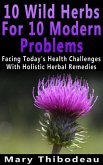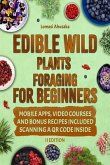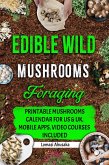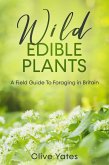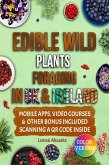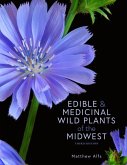Through a carefully structured approach, it builds readers' expertise from basic safety protocols and plant identification to advanced harvesting techniques and ecological stewardship. What sets this guide apart is its three-pillar framework combining plant identification, sustainable harvesting, and ecological conservation.
The book draws from diverse sources, including peer-reviewed botanical studies and indigenous knowledge, to create a holistic understanding of foraging practices. Readers learn essential botanical terminology and plant family characteristics while developing practical skills through field exercises and assessment tools.
The content is particularly relevant today, as concerns about food sustainability and environmental preservation continue to grow. The book progresses logically from fundamental safety principles through specific plant families and seasonal availability, culminating in preservation methods and community engagement.
While focused on North American temperate regions, it emphasizes the development of local expertise and addresses contemporary challenges such as land access rights and conservation regulations. This approach makes it valuable for both beginners and experienced foragers, offering a balanced perspective that promotes responsible interaction with natural environments while ensuring food security and ecological awareness.
Dieser Download kann aus rechtlichen Gründen nur mit Rechnungsadresse in A, B, BG, CY, CZ, D, DK, EW, E, FIN, F, GR, H, IRL, I, LT, L, LR, M, NL, PL, P, R, S, SLO, SK ausgeliefert werden.




